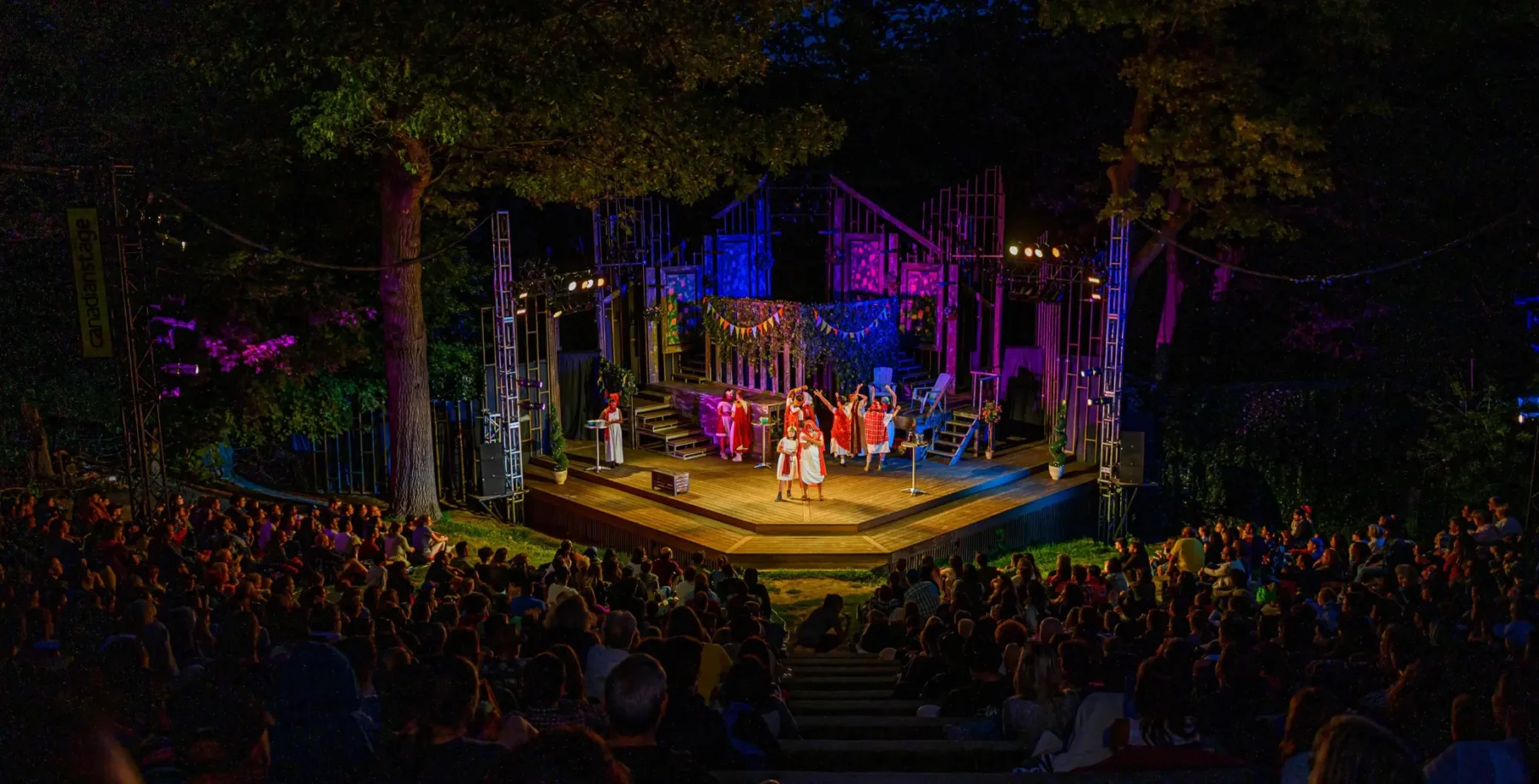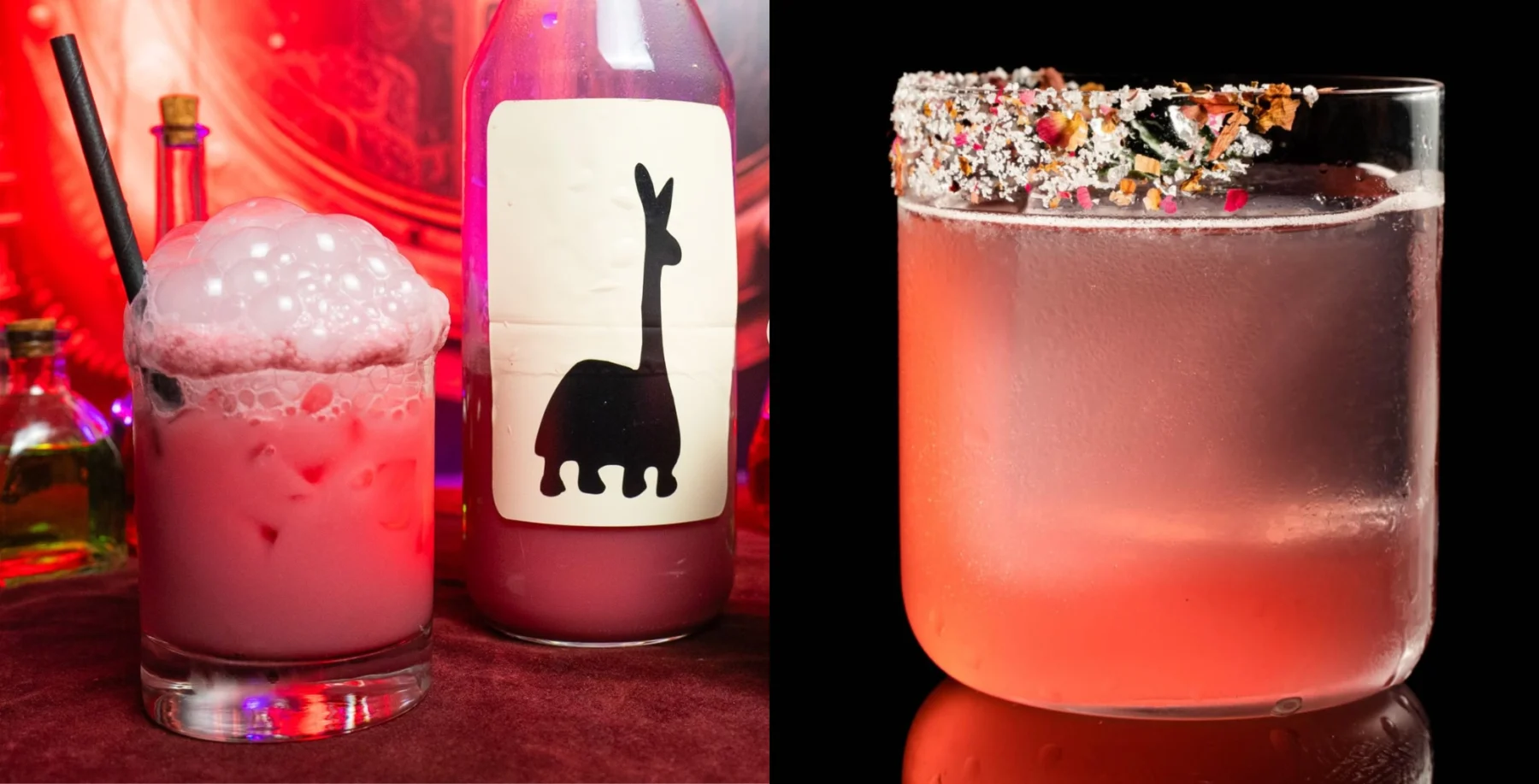
Rating: NNNNN
Turin, Italy – imagine my surprise when I find myself here at the Turin International Book Fair and it turns out to be a positively indigenous travel experience. I’m one of 21 Canadian authors (including a large contingent of Italian-Canadian writers) invited to introduce Italians to the wonders of CanLit. Nino Ricci buys me a cappuccino. Steven Heighton, Jeffrey Moore and I gossip about our lovely writer-wrangler (our tour guide). John Ralston Saul asks what one of my books is about, and I answer Canada’s resident philosopher, “John, what’s it all about?”
As usual, I’m the only First Nations author here, and the only writer not translated into Italian. Evidently, native theatre and humour are of no particular interest in the land of Columbus and Cabot (born Caboto near Naples). I’m here for colour.
Or so I think. During the seven days I spend in Italy, I’m absolutely overwhelmed by the amount of intentional and surprisingly random aboriginal influence and representation. At the book fair itself, home to three huge venues of publishers’ exhibits of thousands of different Italian books for every taste, I find one titled Guida Alle Riserve Indiane Dei Stati Uniti E Canada, a guide to every native community in North America. I doubt if it’s a best-seller, but it’s still a shock. I’d expect this from native-fascinated Germans, but Italians?
One night I’m invited to a book launch for an Italian translation of a Canadian book. I’m shocked to discover it’s Racconti Erotici Degli Indiani Canadesi, better known to thousands of native readers across Canada as Tales From The Smokehouse. It’s a collection of supposedly native erotic tales compiled by a not-so-indigenous-sounding gentleman named Herbert T. Schwarz and published way back in 1974.
During the launch itself, an Italian anthropologist delivers a quick lecture on the nature of First Nations erotic storytelling. I wish I could understand the man. It sounds… interesting. Then a professional storyteller proceeds to read one of the “tales.” I’d read the book many years ago, but it sure sounds different in Italian.
The book has been translated and published by an organization called Soconas Incomindios: Comitato di Solidarieta con Popoli Nativi Americani, a non-profit organization whose goal is “to unite all those who are interested in the aboriginal peoples of the Americas.’ Located in downtown Turin, it even has its own magazine, called Tepee, which has been around since 1984.
A few nights later, Soconas Incomindios presents a reading by Lakota poet Gilbert Douville, originally from Rosebud, South Dakota, now living in Turin with an Italian wife he found while on tour with an American native dance troupe. When not writing poems, he makes jewellery and, ironically, teaches English as a second language. Evidently, I’m not the only moccasin on the boot.
Even more surprising, a week prior to the book fair, the Università degli Studi di Torino invites me to a conference titled Indian Stories, Indian Histories (Storia E Storie Degli Indiani D’America), but I’m unable to attend. It looks fascinating, with such topics as Framing The Text: Bill Miller, Buffy Sainte-Marie And Modern Native Visualization Imagery Trickster Shift: Art And Literature (presented by someone from the University of Helsinki?!) Contemporary Tales Among Cree And Blackfeet and The Early Collecting Practice Of The Museum Of Anthropology At The University Of British Columbia. Maybe I’m glad to miss that last one.
This European journey just gets stranger and stranger. After the book launch of what are now Italian/aboriginal erotic tales, a young woman drives me back to my hotel. Along the way we chat and I ask if she’s a student. Through her thickly accented makeshift English, she manages to convey that she got her degree last year. In native studies. I want to make sure I understand her correctly. It’s true, she actually has her degree in native studies. In Italy. Now I know anything is truly possible.
Too many things are proving a tad too coincidental for your average native tourist to believe. I submit for your consideration: Our tour guide tells us that before Italy was consolidated into the present country we all know and love, it was a collection of city states, of which Turin was a particularly important one. It was run by the house of Savoy, which had close connection to the French crown. So as a sign of solidarity and support, the city of Turin sent 1,200 of its best soldiers in 1666 to Quebec to help the French fight the Iroquois.
Rumour has it that only about 800 returned home, several hundred electing to stay behind in the new country, which explains why many French Canadians have Italian last names. But also, local fable has it, some soldiers brought an unknown number of aboriginal people back to Turin who were curious to see this new world where all these strange folks were coming from. They ended up settling down, were absorbed into the population and disappeared into legend. Well, I suppose that’s why so many Italians have dark complexions and even darker hair… you think? Those Italian/Indian metis are affectionately known, if politically incorrectly, as Awopahos.
Several years later, when the new palace for the house of Savoy was being built, the architect wanted to honour those soldiers who went off to battle the savages. So above all the first-floor windows in the new palace were placed large brick images of native people by an architect who’d never been out of Europe. About eight of them in a row, all with four brick feathers standing straight up, smiling sadly down at the Turinese as if to say, “I only came for the gelato.” One of my fellow writers turns to me to say, “This must be quite surreal for you.” That’s putting it mildly.
But the capper occurs on the way to the airport to return to the land where I thought aboriginal people lived. The taxi stops at a red light and I gaze out the window, pondering my transcontinental native thoughts. The car waiting patiently right next to us is a small Fiat. There’s a dream catcher hanging from the rear-view mirror.












